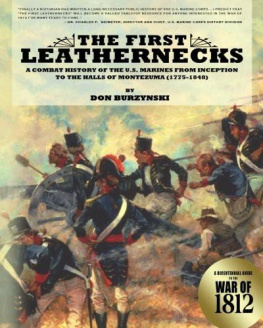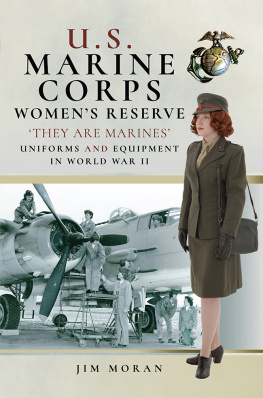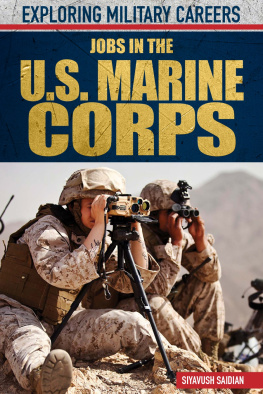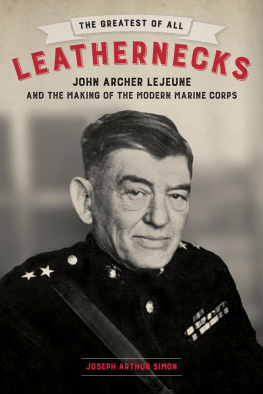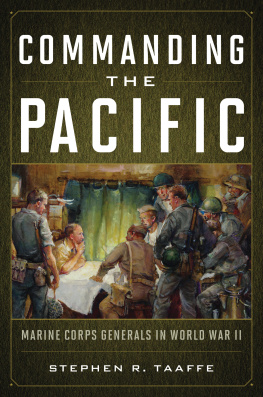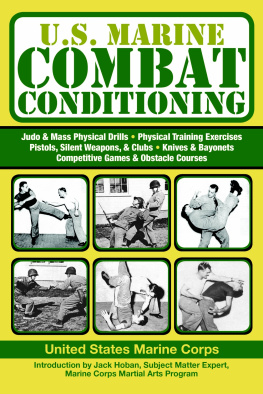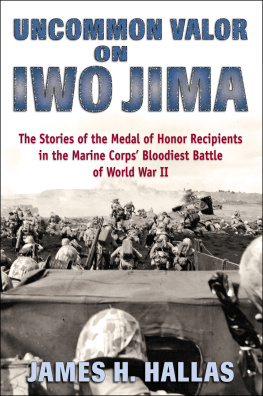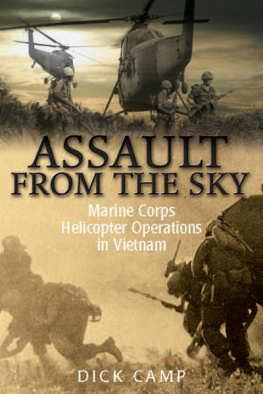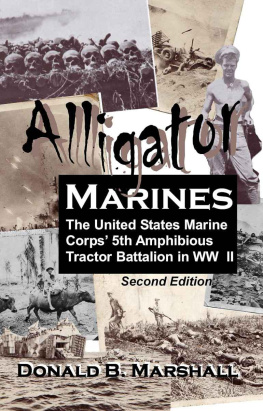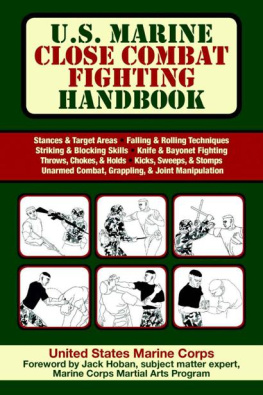All rights reserved under International and Pan-American Copyright Conventions. By payment of the required fees, you have been granted the non-exclusive, non-transferable right to access and read the text of this ebook onscreen. No part of this text may be reproduced, transmitted, downloaded, decompiled, reverse engineered, or stored in or introduced into any information storage and retrieval system, in any form or by any means, whether electronic or mechanical, now known or hereinafter invented, without the express written permission of the publisher.
This is a work of fiction. Names, characters, places, and incidents either are the product of the authors imagination or are used fictitiously. Any resemblance to actual persons, living or dead, businesses, companies, events, or locales is entirely coincidental.
Copyright 2011 by Don Burzynski
Cover art copyright 2011 by Gerry Kissell
This 2013 edition distributed by Open Road Integrated Media
180 Varick Street
New York, NY 10014
www.openroadmedia.com


Acknowledgements

I would like to thank the archivists at the Marine Corps University and Special Collections, Quanticoespecially Ken Smith-Christmas, Pat Mullen and Jim Ginther for furnishing the manuscript of Major Edwin McClellan. Vince Vaise, Park Ranger at Fort McHenry National Monument and Historic Shrine, was also very helpful with the Marines contribution at Baltimore/Fort McHenry.
I further thank Jim Millard at www.historiclakes.org for his extensive research of the Lake Champlain/Plattsburg battlefield; Jim Parker, Illustrator, and Connie Barone at Sackets Harbor Battlefield NY State Historic Site and; Doris Dowling, Interpreter at Trail of Tears Missouri State Park, for their contributions.
Accolades also go to the members of U.S. Marine Brigade 1812 for their inexhaustible help on early Marine history; Roger Heiple for his knowledge of Marine history; Colin Murphy, with the USS Constitution Marine Guard for his indefatigable research at the National Archives; Ken Roberts for researching the battery at the White House; Bill Moss with the Naval Historical Center, Charlestown Naval Yard, on his knowledge of sea soldiers and; Steve Abolt, 7th U.S. Infantry (Cottonbalers), for his insights regarding the 1812 American forces at the New Orleans battleground.
Special thanks to Colonel Charles Waterhouse, Marine combat artist, who graciously embellished these pages with his gifted art work. His talent, coupled with his personal history as a wounded veteran at Iwo Jima, gives me the greatest respect for his skill and accomplishments throughout his Marine years.
Finally, thanks to my editor and friend of 45 years, Bob Monement, and his enormous patience with my word changes and additions.
For those readers who want to follow the Bicennential of the War of 1812, theres no better source on that subject than Bernard J. Lossings two-volume Pictorial Field Book of the War of 1812. He was an amazing author and illustrator in 1869, interviewing participants 54 years after the war and drawing the battle maps that have helped me to reconstruct this history.

Table of Contents

Chapter 1:
The New Praetorian Guard

U nder British rule, the first four regiments of American Marines were raised by Governor William Gooch of Virginia. Known as Goochs Marines, they were 3,000 strong and were mostly impressed men from the dregs of Virginia waterfronts. Due to severe conditions and the low strength of the men, only ten percent survived the Cartagena expedition against Spain in 1771.
During the American Revolution, the Marines mission was five-fold: (1) to pick off British officers and cannon crews with their muskets; (2) to serve as substitutes on cannon crews; (3) to repel boarders; (4) to lead amphibious assaults and; (5) to act as a police force enforcing fire rules, rules on thievery, and proper conduct of sailors aboard ship. These Marines slept between the ships officers and the crew to deter mutiny.
In Benedict Arnolds Lake Champlain flotilla, a distinction was drawn for the first time between sailors and Marines. In May, 1775, the sloop Interprise had 18 Marines drawn from Massachusetts militia-men.
Congress on November 10, 1775, decided to raise two battalions of Marines to fight as sea and mount offensive operations on shore. According to the personal notes of Major Edwin McClellan, these Marines would be available to assist other Continental forces in the invasion of the important British naval base at Halifax, Nova Scotia. It read:
Resolved, That two Battalions of Marines be raised, consisting of one Colonel, two Lieutenant Colonels, two Majors, and other officers as usual in other regiments; and that they consist of an equal number of privates with other battalions; that particular care be taken, that no person appointed to office, or inlisted into said but such as are good seamen, or so acquainted with maritime affairs as to be able to serve to advantage by sea when required; that they be inlisted and commissioned to serve for and during the present war between Great Britain and the Colonies, unless dismissed by order of Congress; that they be distinguished by the names of the First and Second battalions of American Marines, and that they be considered as part of the number which the Continental Army before Boston is ordered to consist of.
The first commission as Captain of Marines went to Samuel Nicholas of Philadelphia on Nov. 28, 1775. In Lieutenant Isaac Craigs company (the only one where a muster roll exists) only eight of the 41 recruits were native-born Americans. None of them had sea experience. Like the officers, the first Continental Marines had no knowledge of sea life and naval warfare.
Eventually, the Marines received muskets and a combination of uniforms for five small companies. It wasnt until September of 1776 that the Naval Committee ordered an official uniform for the Continental Marines.
This first uniform was a short green coat with white trim, along with a white waistcoat, buff breeches, woolen stockings and black half-gaiters. Enlisted men wore round black hats with the brim pinned on one sidethe musket side.
By March, 1776, four new Marine officers were appointed to captain new ships. The brig Lexington was one of the first two ships, with Capt. John Barry selected for command.
On April 7, 1776, Barrys Lexington achieved the new American Navys first victory against a British warship, defeating the sloop HMS Edward in a daring battle. Capt. John Barry commended his Marines for fighting with much courage. FortitudineLatin for couragebecame the Marines new motto and was later inscribed on their Shako plates in 1805.

